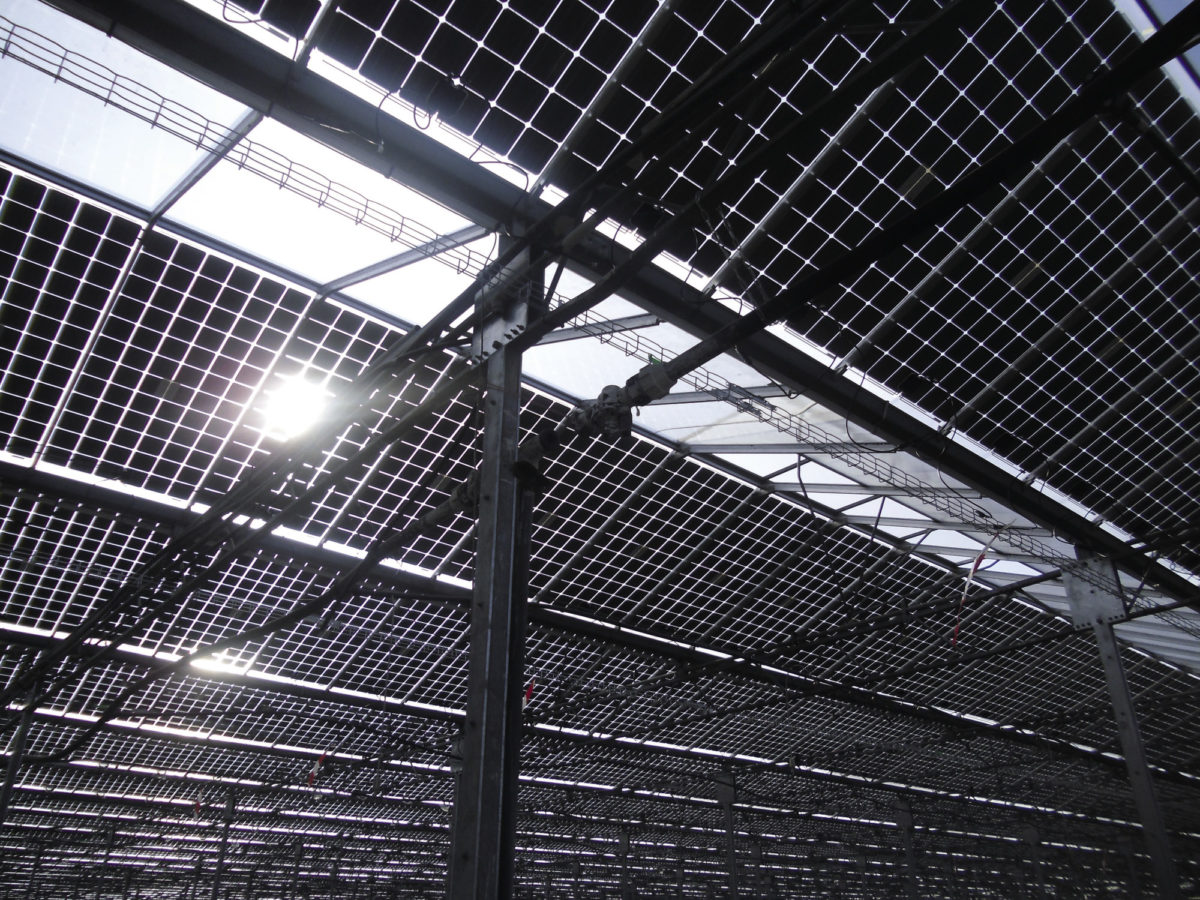Scientists at Purdue University have developed a formula to help PV module manufacturers to more precisely calculate the gains provided by bifacial solar panels.
The team outlines the new thermodynamic formula in “Shockley–Queisser triangle predicts the thermodynamic efficiency limits of arbitrarily complex multijunction bifacial solar cells.” In that research paper, published in the Proceedings of the National Academy of Sciences journal, the researchers claimed that bifacial products can produce between 15% and 20% more power than monofacial panels.
Their formula is based on the application of the Shockley-Queisser triangle, which is generally used to calculate the bandgap sequence and thermodynamic efficiency limits of monofacial cells, for what they refer to as “complex PV topologies.” They claim that the triangle can help to clarify the deeper physical principles and design trade-offs that are involved in the development of complex solar cells under arbitrary concentration and series resistance.
“This maximum point, or the thermodynamic limit, can be identified on a downward sloping line graph that forms a triangle shape,” they explained.
The Shockley-Queisser limit, which was introduced in the early 1960s by physicists William Bradford Shockley and Hans-Joachim Queisser, is calculated by examining the amount of electrical energy that is extracted per incident photon.
Bifacial cells with single junctions provide bigger efficiency gains than monofacial cells, the researchers said. “The relative gain is small, but the absolute gain is significant,” wrote co-author Mohammad Ryyan Khan. “You lose the initial relative benefit as you increase the number of junctions, but the absolute gain continues to rise.”
The paper also suggests ways to improve bifacial cell design by manipulating the junctions. In the scientists’ view, bifacial solar modules will account for more of the half of the global PV market by 2030.
The solar industry, on the other hand, urgently needs to set clear standards and parameters to promote the benefits of bifacial technologies. Researchers from Belgium's IMEC announced a new simulation framework in February to calculate the expected output of a bifacial PV system. The research institute said its new simulation tool “takes into account the double-sided illumination and the way it is influenced by module frames, system components’ geometry, and varying albedo.”
This content is protected by copyright and may not be reused. If you want to cooperate with us and would like to reuse some of our content, please contact: editors@pv-magazine.com.




By submitting this form you agree to pv magazine using your data for the purposes of publishing your comment.
Your personal data will only be disclosed or otherwise transmitted to third parties for the purposes of spam filtering or if this is necessary for technical maintenance of the website. Any other transfer to third parties will not take place unless this is justified on the basis of applicable data protection regulations or if pv magazine is legally obliged to do so.
You may revoke this consent at any time with effect for the future, in which case your personal data will be deleted immediately. Otherwise, your data will be deleted if pv magazine has processed your request or the purpose of data storage is fulfilled.
Further information on data privacy can be found in our Data Protection Policy.